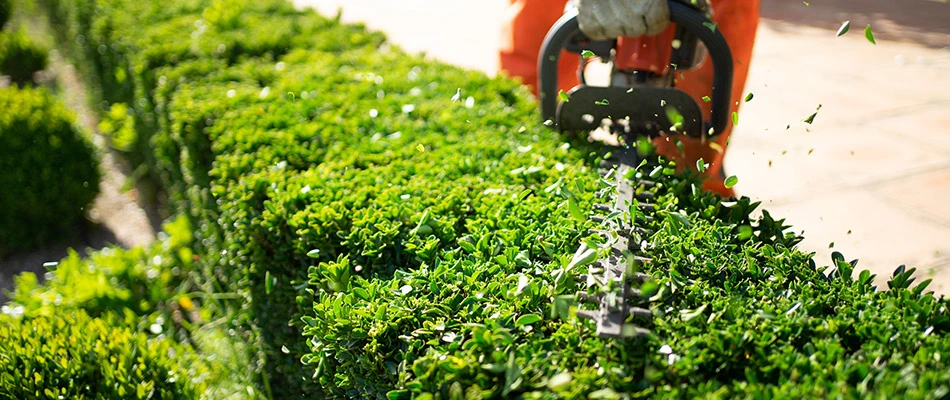
Trees are a valuable part of any property. They offer our spaces things like shade, beauty, and even environmental benefits. But without regular maintenance, they can become overgrown, unhealthy, or even hazardous. Knowing when to call a tree trimmer can help you keep your trees in good shape and prevent costly problems down the line.
Whether you’re caring for mature oaks or smaller ornamental trees, here are some common signs that it’s time to bring in a professional.
Overgrown or Unbalanced Branches
One of the most obvious signs that your trees need trimming is uneven or excessive branch growth. Overgrown branches can block sunlight, weigh down the canopy, or throw off the tree’s natural balance. This may lead to:
- Poor air circulation through the foliage
- Increased risk of broken limbs
- Reduced light for nearby plants or lawn areas
A tree trimmer can selectively prune branches to restore shape and improve health.
Dead, Broken, or Hanging Limbs
Dead or damaged limbs can fall without warning, posing a danger to people, pets, vehicles, and buildings. If you notice hanging branches or sections of the tree that appear dry, cracked, or brittle, it’s time to act.
Prompt trimming removes the risk and prevents further stress on the rest of the tree.
Branches Too Close to Structures or Power Lines
Tree limbs that grow too close to your home, garage, or utility lines are a major safety concern. During storms or high winds, these branches can cause property damage or knock out power.
A professional tree trimmer will know how to safely remove or shorten these limbs without harming the tree or the surrounding area.
Diseased or Infested Areas
Fungal growth, insect activity, or leaf discoloration can be signs of disease or pest infestation. Left untreated, these issues may spread and weaken the tree’s structure.
Trimming away the affected branches can slow the spread and give the tree a better chance at recovery, especially when combined with proper treatment or care recommendations.
Crowded Canopy
When a tree’s canopy becomes too dense, it can block sunlight and trap moisture, increasing the chance of disease. A tree trimmer can thin out the branches to allow better light penetration and airflow, which promotes healthier growth and reduces strain on the limbs.
Seasonal Maintenance Needs
Many property owners schedule trimming as part of regular seasonal maintenance. Winter or early spring is often ideal for pruning most trees, but there are exceptions depending on the species.
If you’re unsure when to trim, a tree trimmer can assess your trees and recommend the right timing based on age, type, and condition.
Storm Preparation or Cleanup
Before major storms or hurricane season, trimming weak or overextended branches can help reduce the risk of damage. After a storm, a tree trimmer can safely remove fallen limbs or assess whether a tree needs corrective pruning to recover properly.
Final Thoughts
Calling a tree trimmer at the right time can improve your property’s appearance, protect structures, and extend the life of your trees. If you’ve noticed any of the signs above, or simply haven’t had your trees inspected in a while, it may be time to schedule a professional evaluation. Regular maintenance is the key to keeping your trees healthy, safe, and beautiful year-round.






